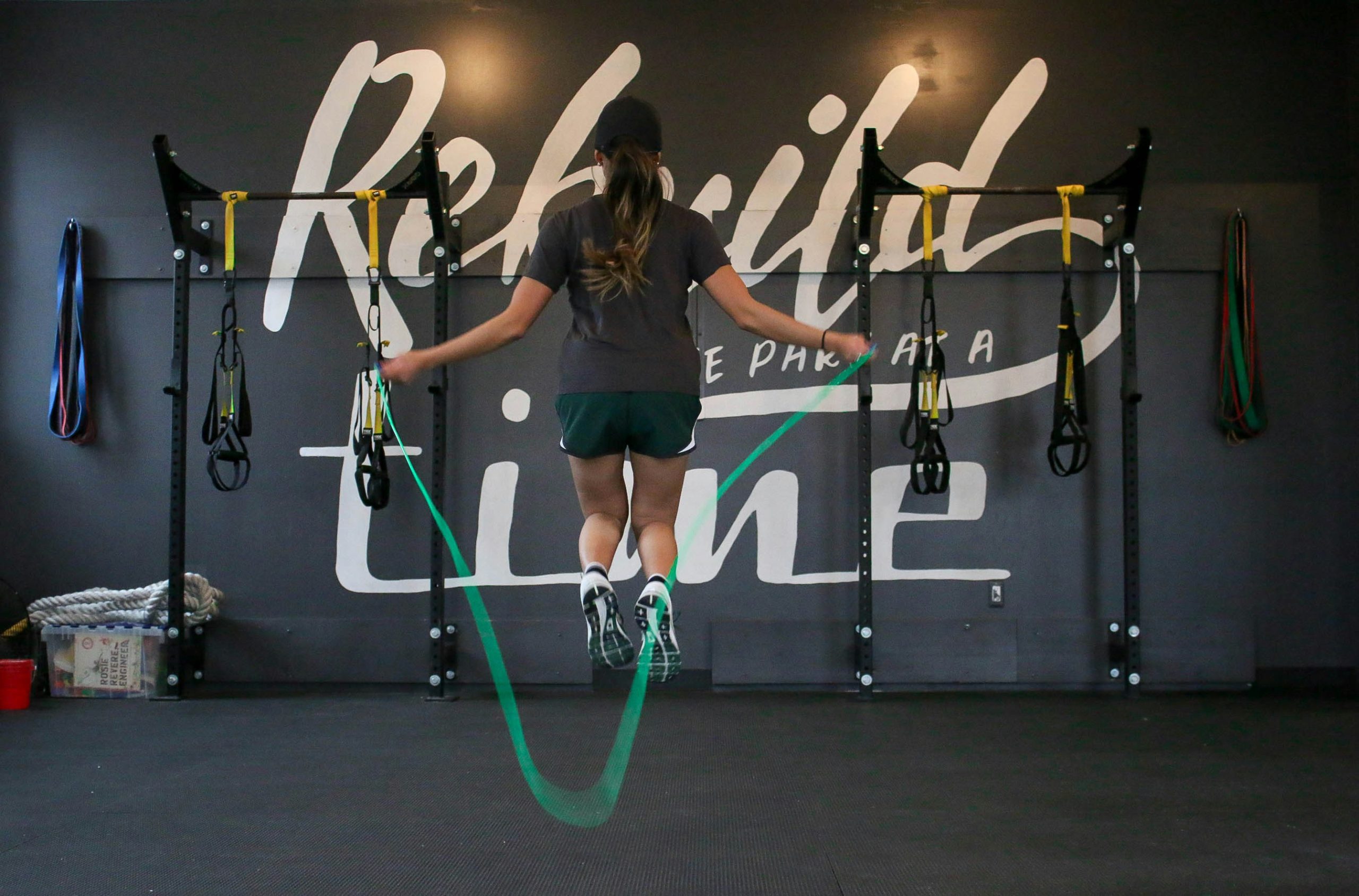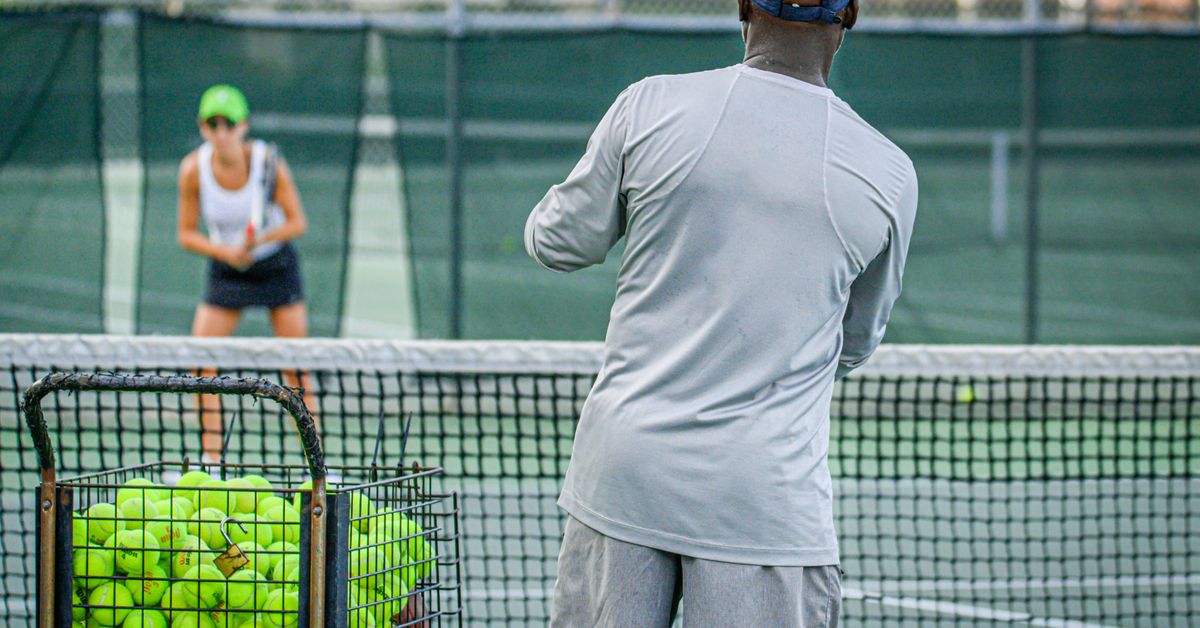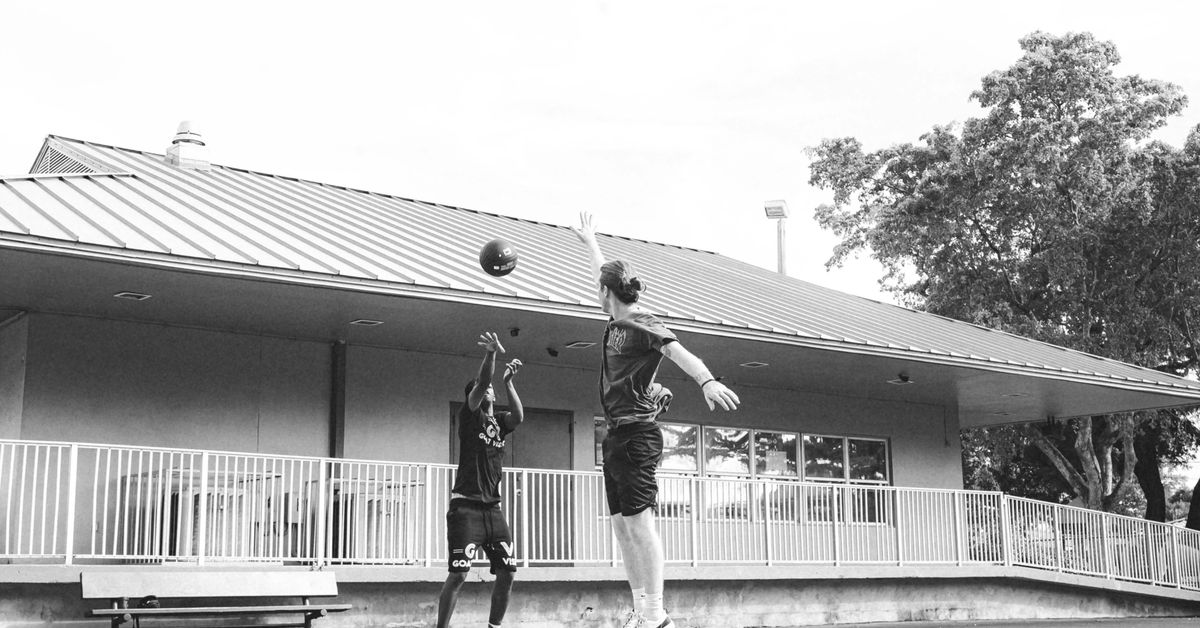
Innovations in Athletic Training Solutions
Introduction
Athletic training has undergone significant evolution thanks to advancements in technology and scientific research. These innovations have not only improved the performance of athletes but also enhanced injury prevention and recovery strategies.
1. Wearable Technology
One of the most impactful innovations in athletic training is the proliferation of wearable technology. Devices such as smartwatches, fitness trackers, and biometric sensors now provide real-time data on an athlete’s heart rate, blood oxygen levels, movement patterns, and even hydration status.
- Example: The WHOOP Strap, worn by many athletes, monitors strain, recovery, and sleep to optimize performance.
2. Virtual Reality (VR) and Augmented Reality (AR)
VR and AR are revolutionizing training programs by offering immersive experiences that simulate real-game scenarios. Athletes can practice specific movements and strategies in a controlled environment, enhancing their decision-making abilities and motor skills.
- Case Study: The STRIVR platform used by NFL teams allows players to experience game-like situations in VR, improving on-field performance and reducing mental errors.
3. Biomechanical Analysis
Advanced biomechanical analysis techniques provide coaches and trainers with detailed insights into an athlete’s movements. High-speed cameras, motion sensors, and pressure-sensitive mats capture data that helps in optimizing technique, preventing injuries, and rehabilitating athletes post-injury.
- Tool: The use of 3D motion analysis systems like Vicon and Qualisys enables precise measurement of joint angles and forces during athletic movements.
4. Nutritional Science and Personalized Diet Plans
Nutritional science has become increasingly personalized, with advancements in genetic testing and metabolic analysis. Athletes now receive tailored diet plans that optimize performance, promote recovery, and prevent fatigue.
- Example: Companies like Nutrigenomix offer DNA-based nutrition plans that consider an athlete’s genetic predispositions for better results.
5. Regenerative Medicine and Injury Recovery
Regenerative medicine techniques, such as stem cell therapy and platelet-rich plasma (PRP) injections, are transforming how athletes recover from injuries. These treatments accelerate healing, reduce downtime, and improve long-term outcomes.
- Application: Professional athletes like Tiger Woods and Rafael Nadal have used PRP therapy to treat injuries and expedite their return to competition.
Conclusion
The landscape of athletic training solutions continues to evolve rapidly, driven by innovation and the pursuit of excellence. As technology advances and scientific understanding deepens, athletes and teams can expect even more sophisticated tools and strategies to enhance performance, prevent injuries, and extend careers.



